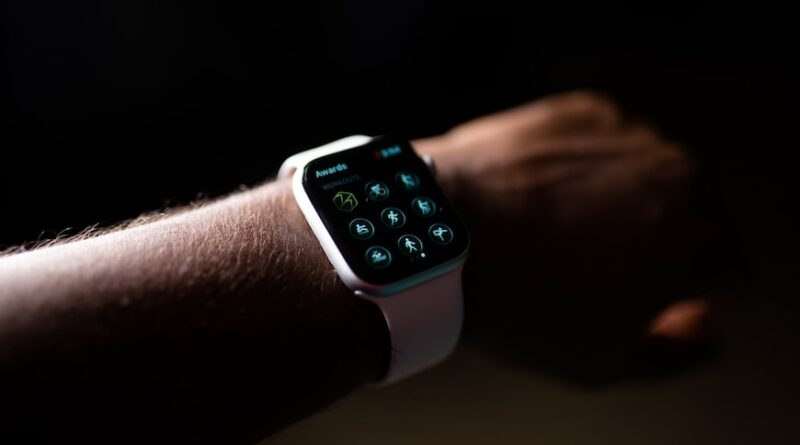Does Your Treadmill Come With a Digital Monitor? Here is What You Should Know
Whether setting up at-home fitness equipment or going to the gym, treadmills are one of the most popular picks on the market. Using the treadmill eliminates the need for a trip to the gym if you are home or a jog in the park during inclement weather. Plus, the best models come with convenient features like a digital monitor, also known as a display screen.
In many instances of using at-home fitness equipment with a digital monitor, users are confused, intimidated, or ignore the buttons on the screen they do not recognize. Some may be obvious, but others are more complex.
Fortunately, you can avoid all of that. Once familiar with all the functions mentioned below, you will run ON the treadmill instead of away from it. Although each model is a little different, most have the same basic buttons. Here is what you should know.
Purpose of a Digital Monitor
A digital monitor tracks your progress as you walk or run with the digital speedometer for manual treadmills. An electronic speedometer measures your distance, speed, calories, time, and pulse as you use the treadmill.
Common Treadmill Functions
Fitness experts recommend you learn your treadmill display functions to shape your workout goals. Since treadmill technology can vary depending on the brand, you can consult with a professional trainer or review all the most common buttons and features below.
Speed
The speed button on a treadmill lets you know how fast you are going and reflects your miles per hour. By pressing the speed up or down button, you can gradually change the speed. Typical at-home fitness equipment treadmills go from 0 to 12 mph.
The speed function is most helpful for interval training, which requires a constant increase and decrease of speed. But, not all machines require you to hit the speed arrow keys again and again. Check to see if your digital console can select a SPEED INTERVAL option.
Pace
The pace may sound similar to speed, but it evaluates a different variable. Speed is the rate of how many miles you cover in an hour, while the pace is the number of minutes per mile. Basically, it is the reverse counterpart of speed. Keeping a steady pace on the treadmill is a valuable strategy, especially for those who want to reach a certain distance, race, or general fitness goals. Overall, it is an effective measurement, so listen to your body and pace yourself!
Distance
Distance shows how far you are going by tracking your fitness level and progression. Usually, treadmills monitor your distance from the number of belt revolutions. Hence why a higher speed equals more distance in less time.
Distance-based workouts also are the most common when striving to hit a target, whether for a marathon or other goal. The next time you are on the treadmill, you can try this setting by changing the monitor to display the distance instead of your time.
The distance reading on most treadmills is accurate. While the mileage may be slightly off to some people, the intensity is not. Running on the treadmill exerts the same amount of energy, whether running for a distance or sprinting.
Incline
The incline feature slopes your treadmill. What does an incline do to your body? It engages different muscles, especially the calves, glutes, and quadriceps. It also helps build more endurance and muscular strength.
Most treadmills start from zero up to a 15% incline. Increasing the incline level is beneficial for those trying to burn extra calories. If you are a person who enjoys leisure walks but wants to add a challenge, set the incline to 10%, and you will feel as though you are walking up a relatively steep hill.
Calories
Many high-tech cardio machines use a calorie-burn formula to estimate the calories you burn based on height, weight, speed, and distance. Most treadmills ask for this information after you press start to provide you with a more accurate estimate of calories burned.
Although some treadmills are more accurate than others, none will be 100% accurate because they can’t account for all the components involved in calorie-burning. Treadmills (as well as other machines) typically increase your calorie burn by 15% to 20%.
The following affects calorie burn:
- Efficiency
- Workout intensity
- Motorized treadmills
- If you hold the handrails
- Speed and incline settings
- Body weight
- Age
- Gender
Heart Rate Monitor
The heart rate monitor informs you of the number of heartbeats per minute. Pulse sensors are built into many cardio machines to tell you when to speed up or slow down to achieve results. By tracking your heart rate, you can better determine your efforts on the treadmill. If your goal is to measure how fast your heart beats during exercise, this is an effective tool to improve your cardio.
According to The American Heart Association, you can also do a treadmill test, also known as a stress test, to find out how well your heart handles work and determine your actual maximum heart rate.
Who should use an HRM?
- Joggers, walkers, and runners
- Hikers, climbers, and skiers
- Weight-loss participants
- Injury-rehabilitation patients
- Cyclists
- Triathletes
Metabolic Equivalent Tasks (METS)
The Metabolic equivalent of tasks (METS) shows the amount of energy you burn while exercising or engaging in physical activity. It can determine the score of light, moderate, or vigorous activities. For example, individuals with a MET score of 10 are good, while below 7 is a trigger, and below 5 may be a health concern.
The MET alert shows you how much oxygen you burn for your workout and depends on your body weight. For everyday people, information from the MET on your treadmill is a suitable estimate of your exertion during exercise.

